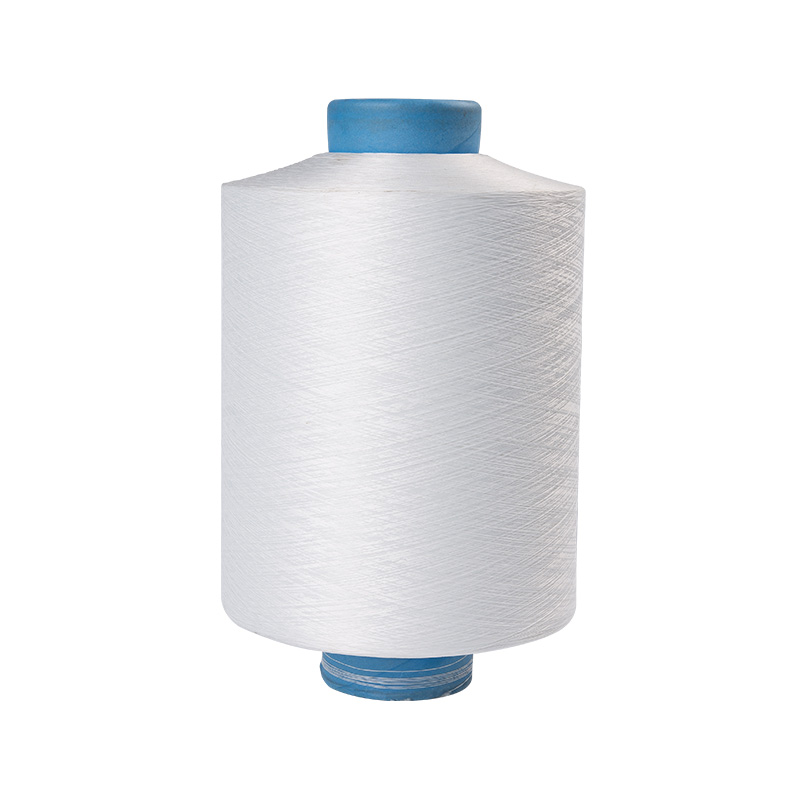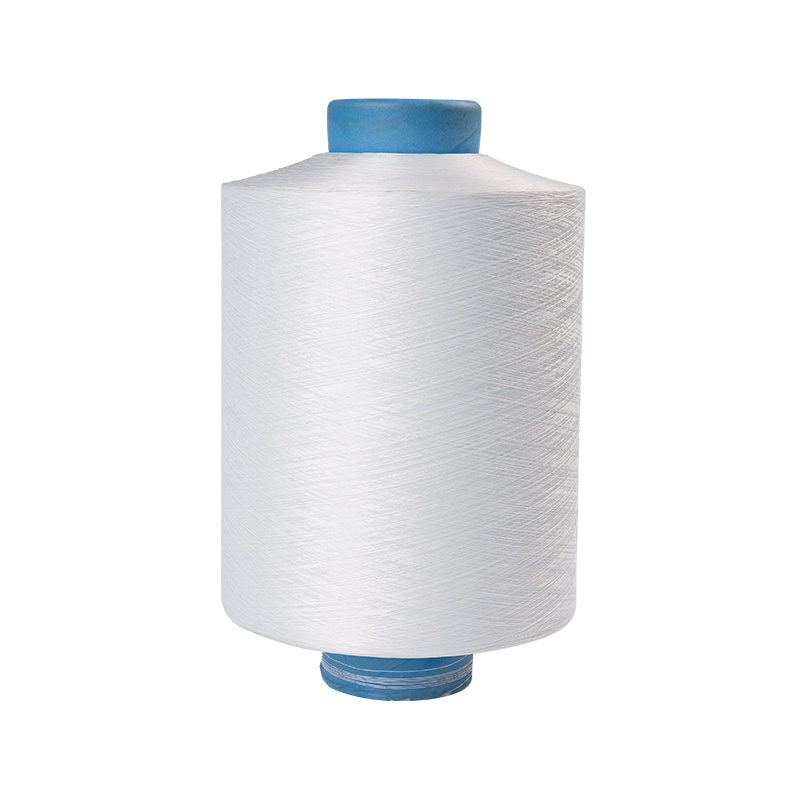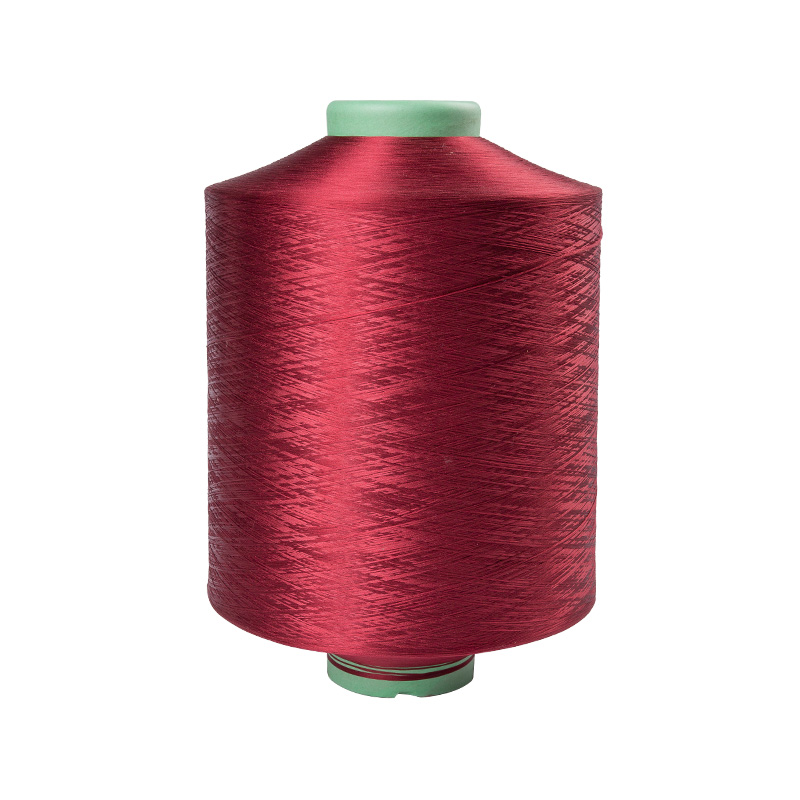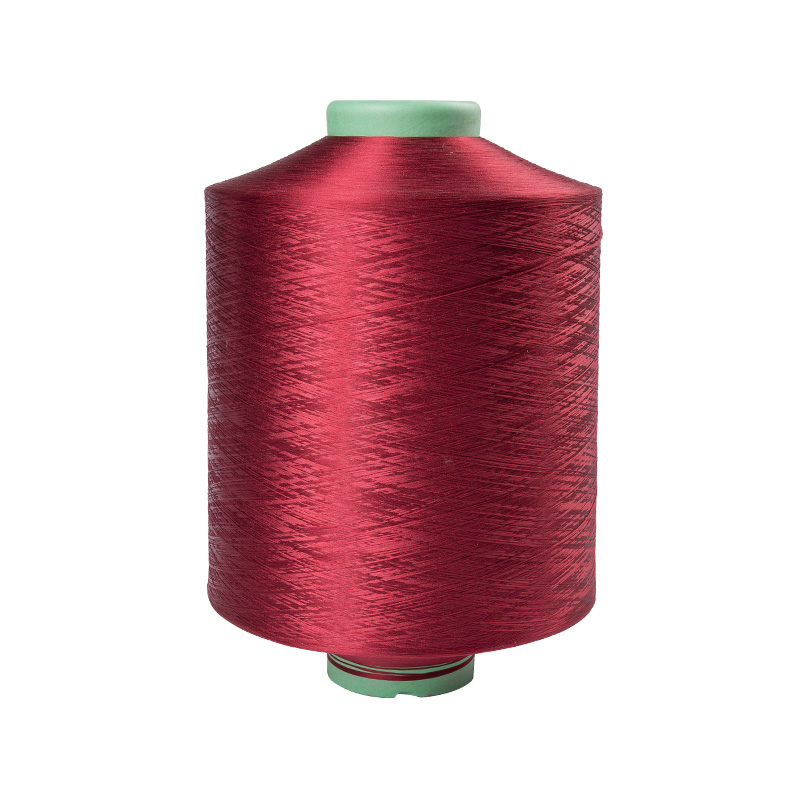Air Covered Spandex Yarn (ACY) is an innovative yarn widely used in elastic fabrics, seamless underwear, stretch fabrics and other fields. Its production process is different from that of traditional yarns, especially in the covering and elastic treatment of yarns. This article will discuss the production process of Air Covered Spandex Yarn (ACY) and compare it with the production process of traditional yarns.
1. Production process of Air Covered Spandex Yarn (ACY)
Air Covered Spandex Yarn (ACY) is a yarn made by covering elastic fibers (such as spandex) on conventional fibers (such as polyester) using air covering technology. Its production process can be divided into the following steps:
Selection and preparation of elastic fibers: First, select high-quality spandex fibers (such as Creora brand spandex) and adjust the specifications of spandex (such as 20d-70d) according to the required elastic properties. The elastic strength and stretchability of spandex provide high elasticity and comfort to the final product.
Air covering process: On a dedicated machine (such as Huayu1000 Dty), conventional fibers such as polyester are wrapped around elastic fibers by air jets. In this process, the action of air ensures the close bonding between polyester fibers and spandex fibers, forming a composite yarn with high elasticity and stability.
Post-treatment and conditioning: After the yarn is formed, its strength, durability and surface smoothness are further improved through processes such as heat treatment and shaping, making it suitable for various use requirements, such as the production of elastic fabrics and seamless underwear.
Through this unique air covering process, Air Covered Spandex Yarn (ACY) has higher elasticity than traditional yarns and can provide better comfort and stretch in fabrics.
2. Characteristics of traditional yarn production process
The traditional yarn production process usually includes steps such as spinning, twisting, dyeing and finishing. Common yarns include materials such as polyester, cotton, and wool, which are usually not specially treated with elastic fibers, so their elasticity is relatively low.
Spinning: The basic process of traditional yarn is to spin natural or synthetic fibers (such as cotton, wool, polyester, etc.) through a spinning machine, stretch the fibers and twist them into yarn.
Twisting and shaping: The yarn is given a certain strength and stability through mechanical twisting or other means. Traditional yarn may undergo some finishing processes, such as hardening and softening, but elastic fibers are generally not added, so its elastic properties are relatively weak.
Dyeing and post-treatment: Traditional yarns usually use dyeing, washing, finishing and other steps to obtain the desired color, texture and durability.
Since there is no application of elastic fibers involved, traditional yarns do not perform as well as Air Covered Spandex Yarn (ACY) in terms of elasticity, comfort and adaptability.
3. Comparison between Air Covered Spandex Yarn (ACY) and Traditional Yarn
Elasticity and comfort: The biggest feature of Air Covered Spandex Yarn (ACY) is its extremely high elasticity and ability to quickly return to its original shape, so it is very suitable for the manufacture of elastic fabrics. This is in stark contrast to the low elasticity of conventional yarns, which generally perform poorly in elastic fabrics.
Complexity of production process: The production process of Air Covered Spandex Yarn (ACY) is relatively complex, involving the use of air covering and elastic fibers. The production process of conventional yarns is relatively simple, mainly relying on spinning and twisting.
Scope of application: Air Covered Spandex Yarn (ACY) is suitable for fabrics that require high elasticity, comfort and fit, such as seamless underwear, sportswear, stretch fabrics, etc. Conventional yarns are mostly used in general clothing, home textiles and some non-elastic materials.
Performance advantages: Air Covered Spandex Yarn (ACY) ensures high elasticity and durability of the yarn through sophisticated air covering technology. This yarn is superior to conventional yarns in terms of comfort, breathability and wearability, especially in close-fitting clothing and high-intensity activity clothing.

 English
English 中文简体
中文简体








